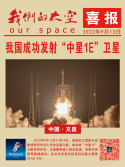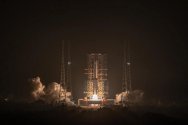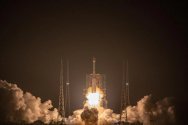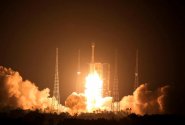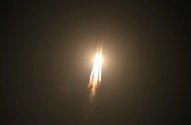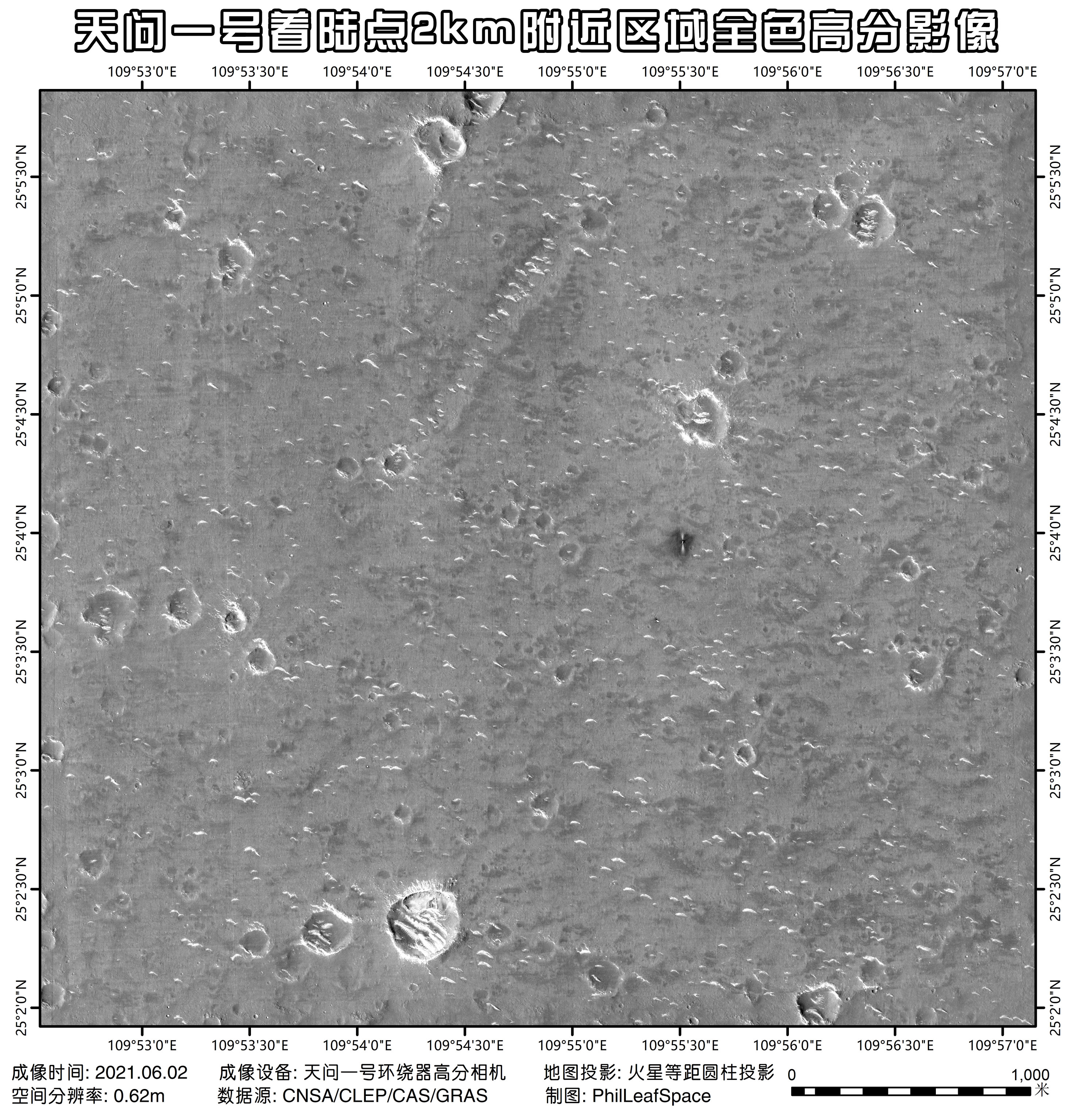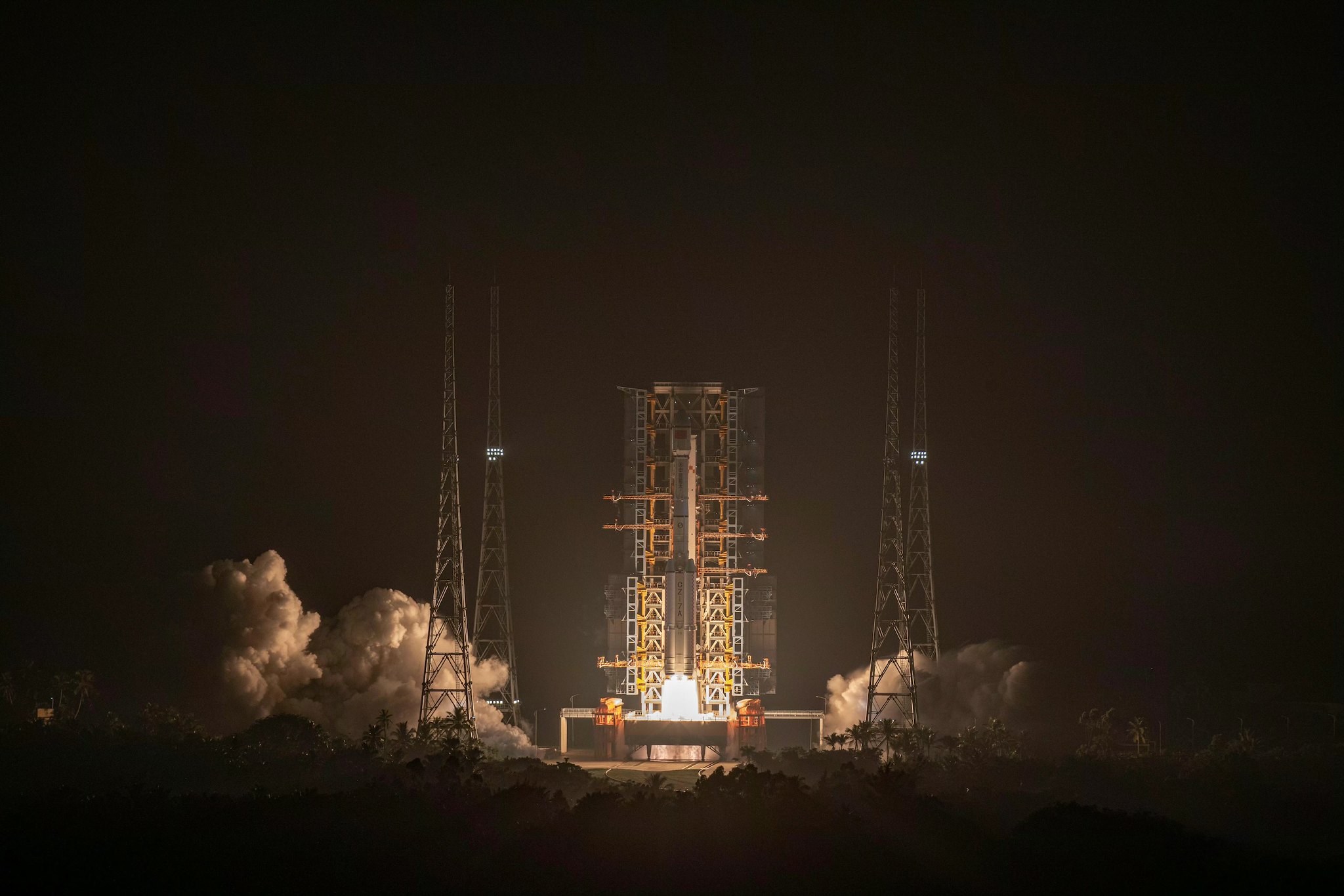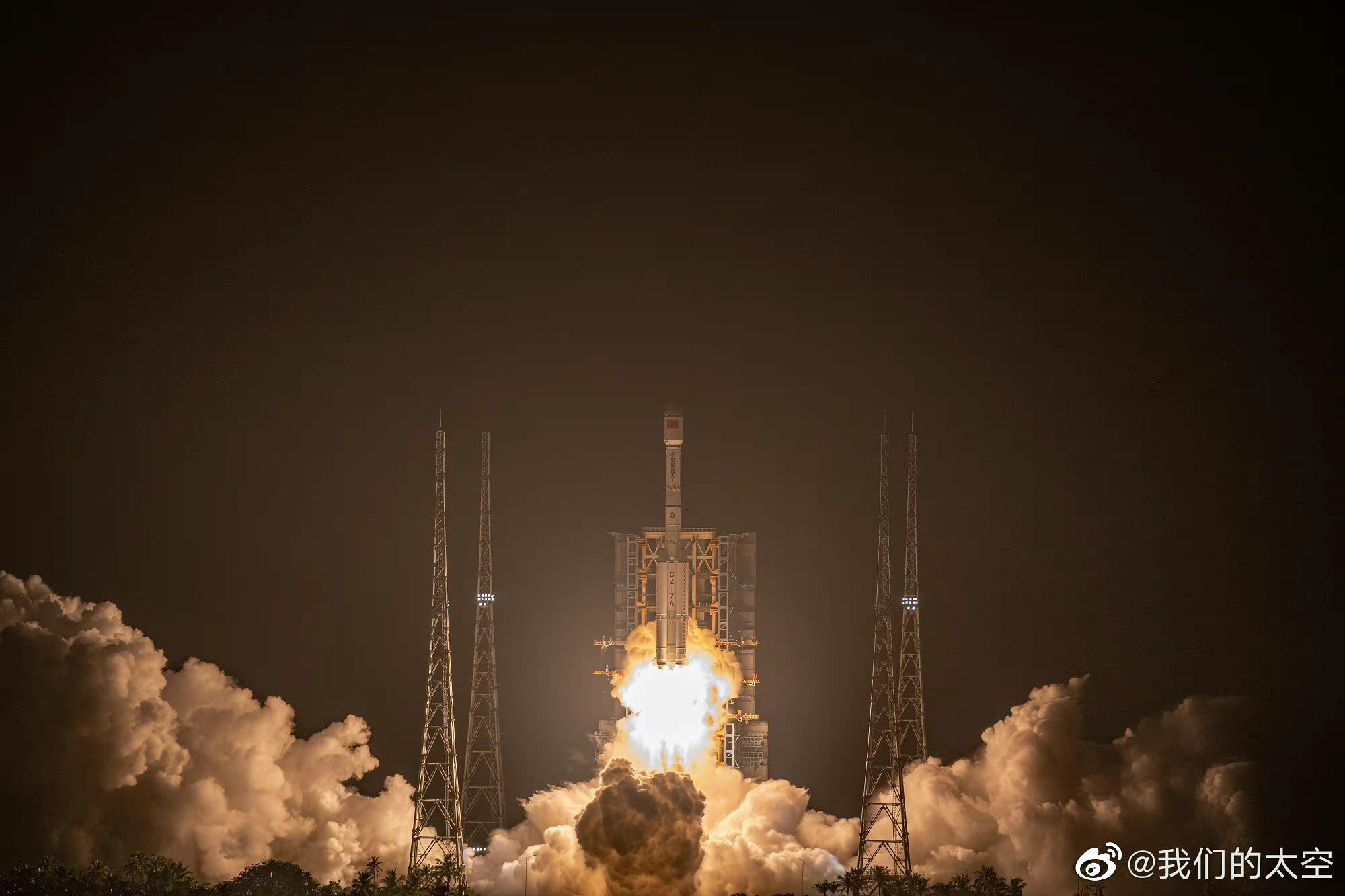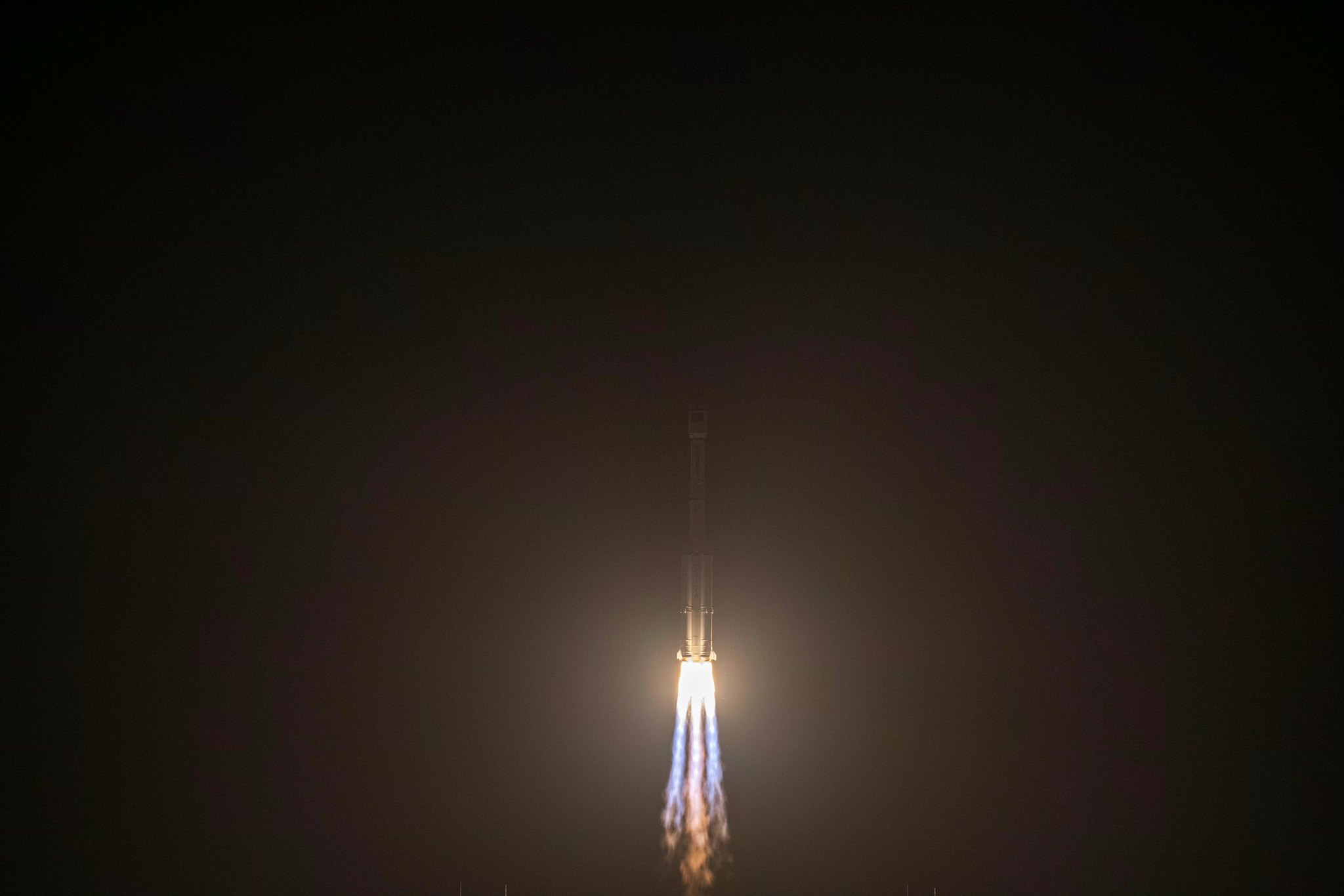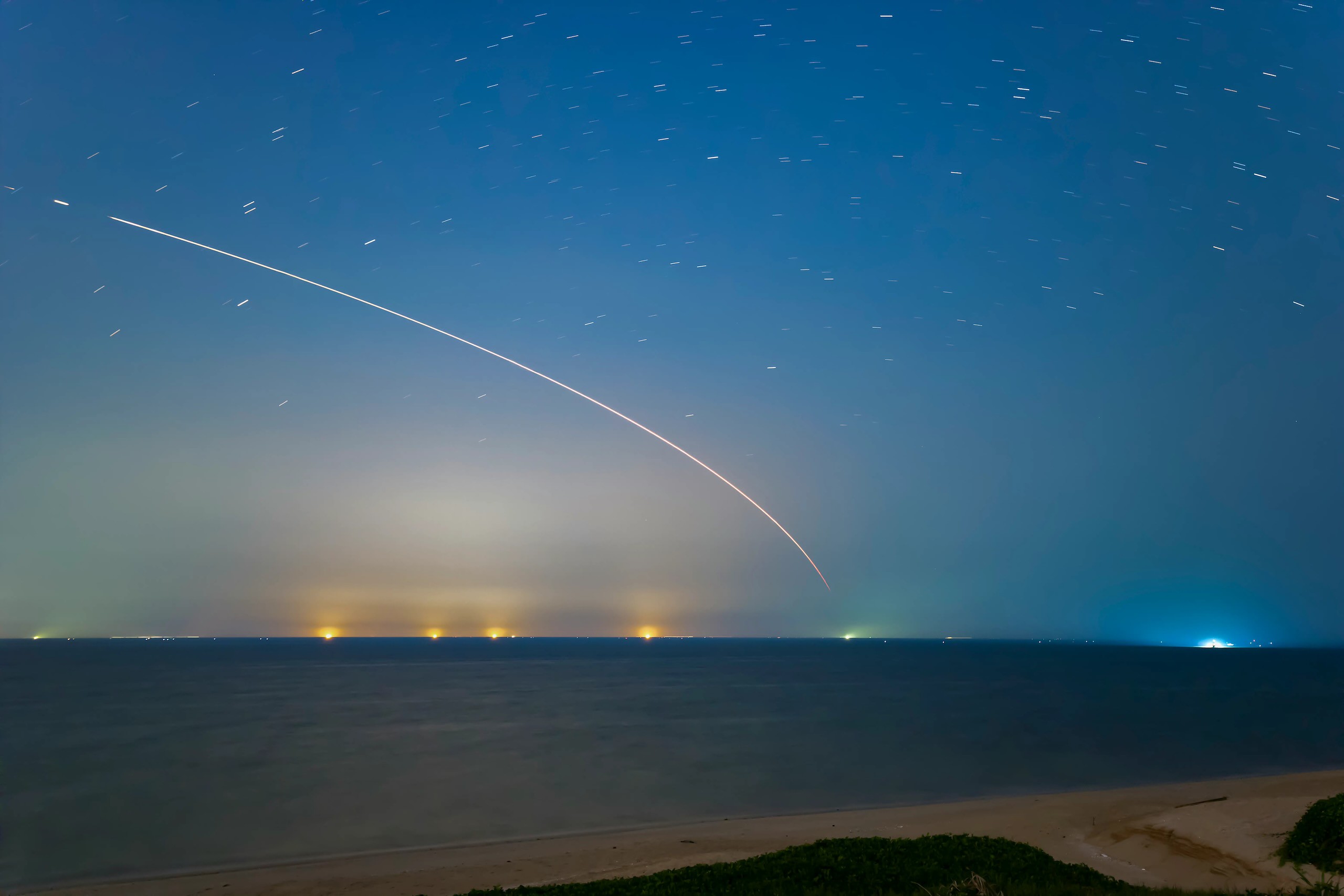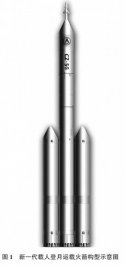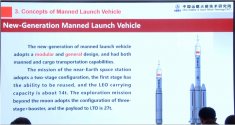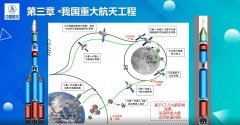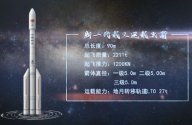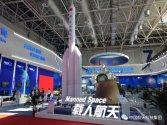The interesting part is here "微信公众号“ 西安航天动力研究所”9月13日消息,近日,由西安航天动力研究所自主研制的某型液氧煤油发动机首次实现重复飞行试验验证。该型发动机作为某飞行器主动力装置参加首飞试验后,经检测维护,再次装配并顺利完成了重复飞行试验,国内首次实现了液体火箭动力的重复使用。"
China completed the country's first repeat flight test of a reusable liquid oxygen kerosene rocket engine. The said engine flew twice with maintenance and reassembly in between.
View attachment 97477
The engine was used on X vehicle's 1st flight test, then finished another (2nd) flight test. So the vehicle must be able to carry the engine back safely. This makes me wonder if the two tests have already been reported.
1st flight test being July 16th 2021, took off from Jiuquan, landed at Alxa airport.
2nd flight test being August 26th 2022, took off from Jiuquan, landed at Alxa airport.
Both flights are vertically taking off and horizontal landing, sub-orbit flight meaning only 1st stage. Now less than a month later, CASC concluded engine re-usability being successful after examining it.
If I am right, it could mean that these VTHL sub-orbit flight has nothing to do with the space plane program, but only a way to verify the engine before attempting a vertical landing.
The original source is CASC 6th's wechat account, in it the engine type was not discussed, but "staged combustion" was mentioned, so I suspect that the engine in question is YF-100. This matches research papers that says YF-100 is designed to be reusable. The wechat account also said that the engine's deep throttling capability has been tested in CZ-8 launches.
Last edited:

